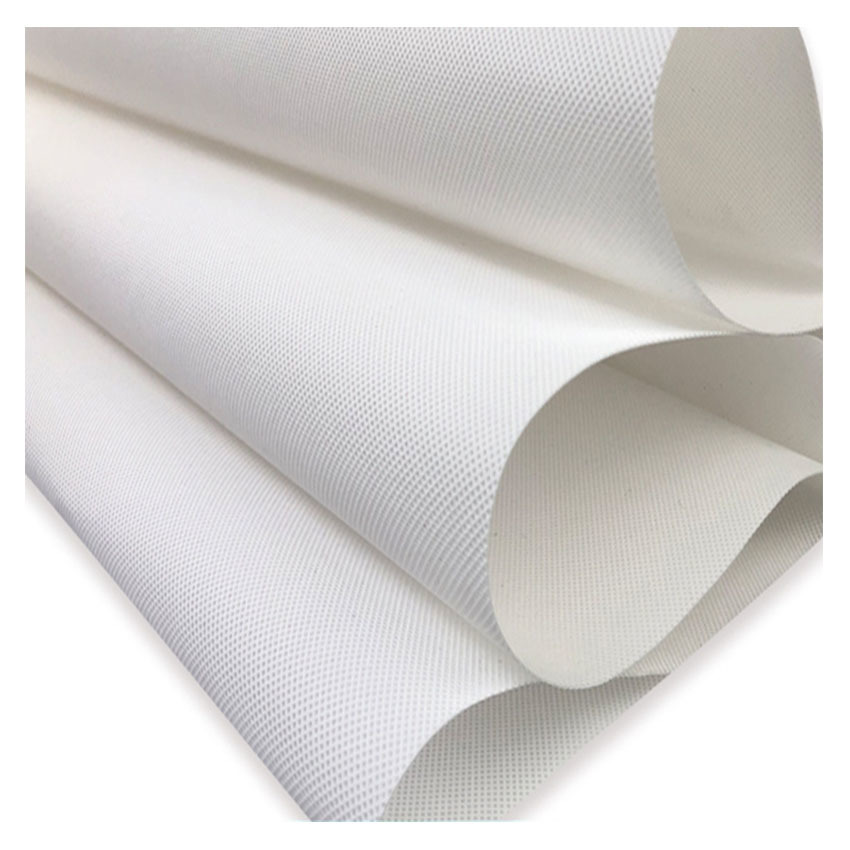Non-Woven Fabrics And Their Applications In Agriculture
Since the early days in the petrochemical business, non-woven fabric has been used. They were utilized in the past because of their softness and bulk for packaging, covering or filling. The use of non-woven fabrics has expanded to include civil engineering, agriculture and environmental engineering. Its existence is obvious everywhere, even in its first applications in agriculture. Non-woven fabric is a type of fabric comprised of short and long fibers which have been bonded together using chemicals, heat or mechanical treatment. In general they are more durable and stronger than non-woven materials. There are a variety of non-woven material, and they are used in numerous industries. They are easier to produce than the woven fabrics and there is a growing market for non-woven fabrics. Look at this agriculture nonwoven fabric for advice.
Non-Woven Industry DevelopmentNon-woven fabric is a material that was born from the petrochemical industry after the development of plastic cloth (film). As compared to plastic cloth it is lighter and provides good air circulation. It is frequently utilized in medical and sanitary products like sanitary napkins towels, facial towels, filters and so on. It was later used in engineering. Non-woven fabrics are used in vegetable production to guard against cold-related damage. Non-woven fabric is made in a different way from plastic film. However, the basic raw materials that are used in their production are similar. This includes PVC (polyvinyl chloride) PET (polyethylene), EVA [Ethylene Vinyl Acetate copolymer], PVA (polyvinyl alcohol), etc. When you inflate a traditional plastic film using heat, it produces a thin film. Basically, the film is continuous; the material expands forever. The surface of the film has no pores. It is an impermeable material that prevents any movement or movement of molecules. Artificial chemical fibers from these sources were the preferred choice of the textile industry following the growth of the manufacturing industry. However, these chemical fibers are still able to be transformed into cloth via the traditional warp-weft weave. Non-woven materials are created by weaving the fibers together at various angles across every direction. This is an alternative to the traditional warp and weft weaving. The material is superior in characteristics than conventional weaving fabrics. It is also made in one step starting from raw materials and ending with the final product. The traditional process of drawing fibers into fibers and then weaving is saved, and the production cost is lower. The industry of apparel has been using non-woven fabrics in large quantities in recent years. The development of production technology and improved material science have made non-woven fabric more flexible and extensively used in recent years. There are a variety of materials and products used in daily life. The use of non-woven textiles in agriculture has risen primarily due to their lightness, the ease of production and their diversity. Look at this non woven weed fabric for more info.

Non-Woven Materials in the Agricultural Industries. Non-woven textiles first came into use in Europe for agriculture in 1978. This was to cool the temperature of carrots in order to harvest early and also to fight tomatoes leaf virus. In the United States non-woven fabrics are used for the mulching of cantaloupes, sweet peppers, tomatoes and root vegetables, as well as carrots as well as radishes, cabbages, lettuce, and other vegetables. They are mostly used for heat preservation, early harvesting, and insect control. Non-woven materials are able to increase the temperature of soil and retain water well and are utilized for grass-proof mats. Short fiber is also used to make water-absorbing blankets. These are sprayed on nursery beds to ensure that the roots will completely absorb water. They can be used for the ground medium used in the production of turf. They can also be used as planters to shield large woody plants, such as the fruit trees or garden trees, and also to retain moisture. Non-woven fabrics are commonly used in Taiwan as crop covering. Non-woven fabrics are extensively used in large greenhouses for energy conservation as well as environmental control. Canopy curtains, double-layered coverings, and canopy curtains help reduce the radiation and heat loss during the night. TAVIK fabrics are high-density, non-woven spun-bonded TAVIK fabric that was employed in the beginning for shading and protecting cauliflower bulbs. It was quickly adopted by farmers because of its thermal conductivity that was low and shading capability. Later, it was slowly employed for heat preservation and insect-proof cultivation of leaf vegetables. It also was used as a shade, heat preservation and cultivation tool for pineapples and fruit trees. Due to Taiwan's unique climate and climate, the non-woven industry's development has been slow. The non-woven fabric manufacturers in Taiwan continue to invent non-woven technology. Their main focus is the permeability of air and water as well as water repellency. To use it in the preservation and storage of agricultural products, it has intensified its research and hopes to expand the range of uses. Check out this agriculture non woven fabric for tips.
